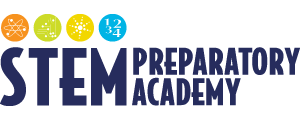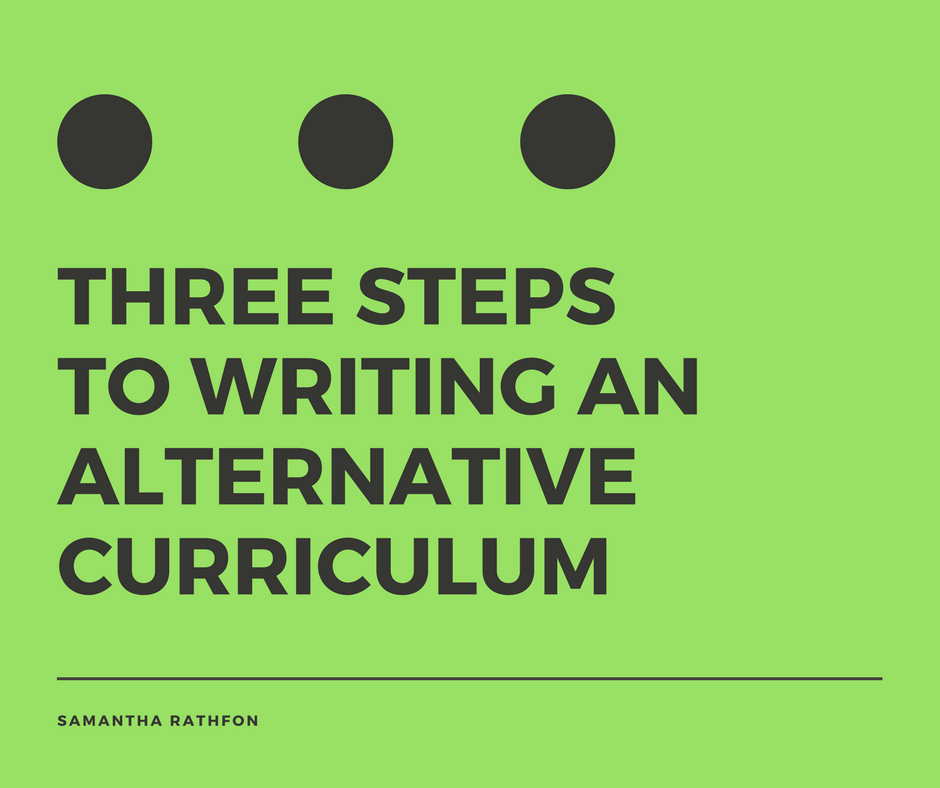Now that you have determined that the alternative curriculum is the best option for your student, you likely don’t have a curriculum in place for you to use. If you do, it likely doesn’t meet the unique needs of your student.
So, where do you start? Here are three steps to writing an alternative curriculum:
1. Gather Data
When you decide that the alternative curriculum is going to be the best option for your student, the first step is to gather data. You need to know your student’s strength that you want to utilize and areas of growth that you want to focus on. You likely already have this information from when you were deciding if this would be the best option for them. I would also suggest completing assessments to determine their reading level if you do not have this data already. A useful tool to do this is the Teacher’s College Reading and Writing Project Assessment, or Measures of Student Learning (MOSL), which will allow you to take baseline data as well as serve as a progress monitor tool to see how they are improving over time. If your school uses EasyCBM, this can also be a helpful tool in assessing a variety of different reading and math skills. They also provide progress monitoring tools to assess students’ progress.
2. Look at the Standards
Many states have alternative standards that align with the general education curriculum that is being taught. As a starting point, looking at these standards can be helpful. There is also a set of alternative standards for reading and math that are aligned to the Common Core State Standards. This has been the most helpful tool in creating a curriculum that I have found. Once you have found the standards for your state, look at your general education scope and sequence. It may be helpful to align these standards with your general education curriculum, especially if your student is still experiencing inclusion in these settings. If you aren’t able to align them to the general education curriculum, try to sort the standards in a way that makes sense chronologically over the course of time. What do students need to know in order to grasp other concepts? Based on their baseline assessments, what basic skills do they need to have before you can jump into teaching the standards?
3. Start Small
Don’t try to do it all at once. I would not suggest starting with all 5 subjects right from the beginning. Give yourself some grace. Start with reading, writing, and math. Then, as you feel more confident, begin to incorporate science and social studies content. With my role at my school, I simply don’t have enough time with my students who are on the alternative assessment to touch on each subject area. I work with them on reading and writing every day because this is an area of growth that they have. I teach math three times a week, as they are stronger in math and I can give them more independent work. Since we have such limited time together, we simply don’t have time to touch on science and social studies. I try to touch on these concepts through nonfiction texts in our reading lessons, but we don’t have explicit science and social studies instruction throughout the day. Give yourself grace. Do what you can with the time that you have.
My final suggestion would be to look into your district or school’s professional development. They likely offer a professional development session on the alternative assessment. These sessions can provide you with more resources that the district provides which may be helpful in creating your curriculum. When I have gone to these sessions before, they have talked about what the alternative assessment looks like, how it is administered, and released sample questions. Ultimately, these sessions are helpful in providing you with information about the alternative assessment, which will help you in writing your curriculum.
Stay tuned for our next post about writing a scope and sequence based on the Common Core Alternative Standards.

